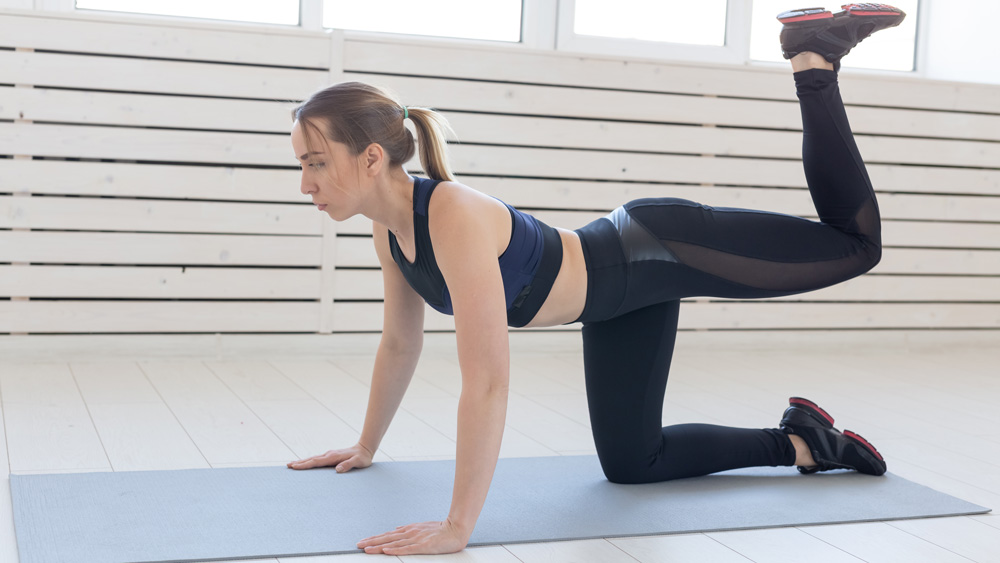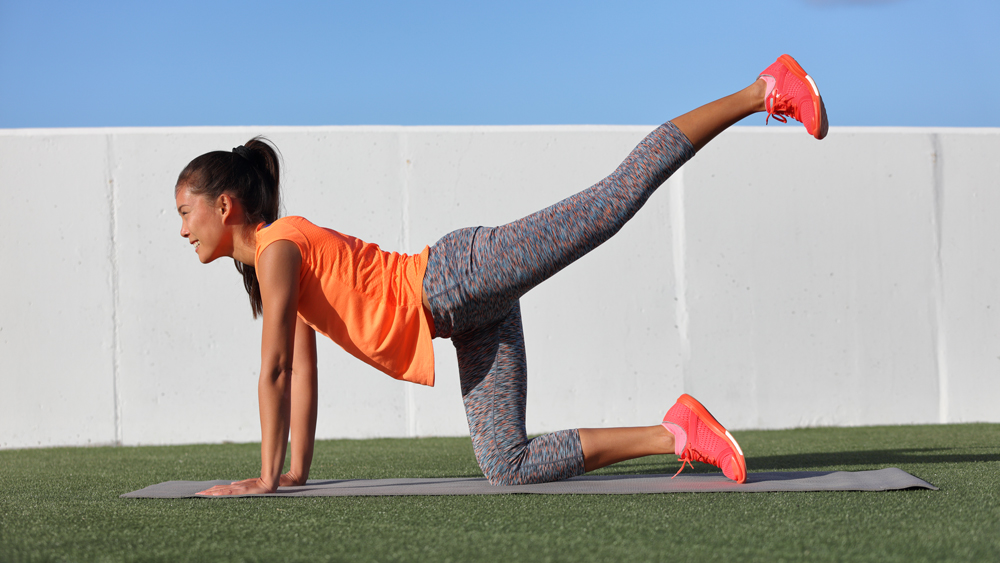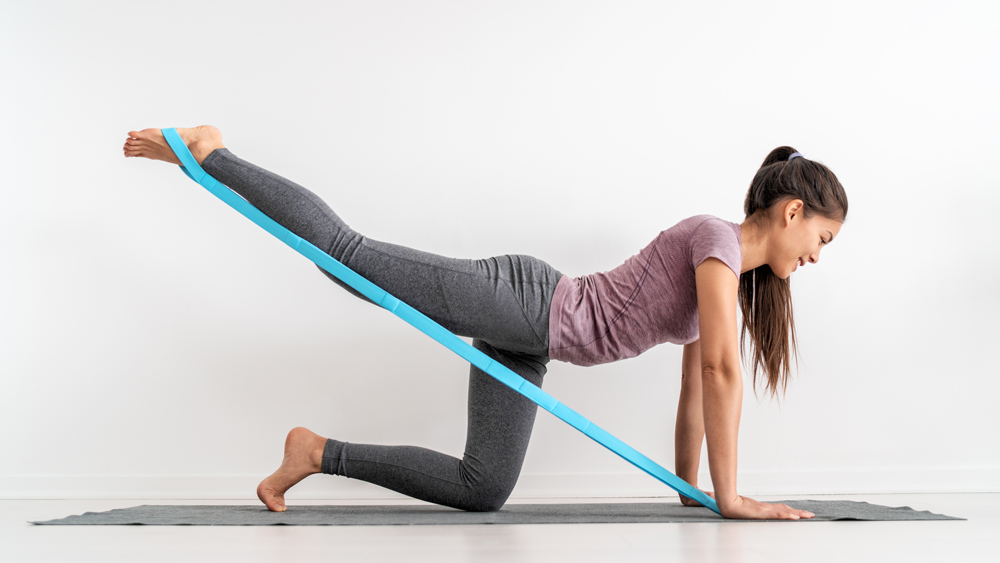How To Do Donkey Kicks
Make an ass of yourself with this terrific glute exercise

If you’re looking for inspiration from the animal world for your workouts, look no further than the humble donkey. They might not seem as strong as a bear, or as powerful as a lion, but there’s one thing they can do as well as any animal, and that’s kick.
Mimicking this movement might never let you replicate the power (and spite) donkeys are capable of putting in their reverse kicks, but it does yield impressive benefits for humans in the shape of stronger glutes. You can’t lift the massive weights used for back squats when doing donkey kicks, and yet the exercises are equally effective in targeting the glutes when done without weights.
The behind isn’t the only part of the body that benefits either – your lower back, hip and core muscles are all engaged during the movement as well. And you get all this without the need for any equipment. So if you’re looking for a glute builder to add to your home workouts, look no further than the donkey kick. Or quadruped bent-knee hip extensions, as they’re also sometimes known. Don’t call them that though, it takes ages to say and is far harder to understand than donkey kicks.
See related
- The Best Glute Exercises For All Levels Of Gym-Goer
- The Best Glutes Workout
- The Best Leg Exercises For All Levels Of Gym-Goer
- Krissy Cela’s Bum Workout Will Have Feeling Your Best
How To Do A Donkey Kick
Donkeys don’t walk around on two legs so start by getting on your hands and knees. Your knees and feet should be hip-width apart, and your hands should be directly beneath your shoulders. Brace your core to stop your midsection from sagging or arching throughout the exercise – you want to keep it in a neutral position.
Squeezing your glutes to activate them, lift one leg behind you, keeping the knee bent at 90° until the sole of the foot is facing the ceiling. Lift the leg as high as you can while keeping the rest of your body still – taking particular care not to let your hips sag – then bring it slowly back down to the starting position. You should do all your reps on one leg, then switch to the other.
Donkey Kick Variations
Straight-leg donkey kick

Opting for a straight leg when kicking makes the move a little harder, and you can also add in a half-circle to the side to recruit more glute muscles and improve the mobility in your hips. Set up as normal, then kick one leg straight out behind you and raise it slightly. If you’re adding the circle, loop the leg out to the side and back as you lower, then come back down to the starting position.
Resistance band donkey kick

Another good way to increase the challenge of the donkey kick is to introduce some extra resistance using a band. The easiest way to do this is using a large looped resistance band, holding one end and looping the other around your foot on the same side. If you have a straight band then you’ll have to hold one end in your hand and then tie it around the ankle on the same side. With the band in place perform the standard or straight-leg donkey kick as normal.
Get the Coach Newsletter
Sign up for workout ideas, training advice, reviews of the latest gear and more.

Nick Harris-Fry is a journalist who has been covering health and fitness since 2015. Nick is an avid runner, covering 70-110km a week, which gives him ample opportunity to test a wide range of running shoes and running gear. He is also the chief tester for fitness trackers and running watches, treadmills and exercise bikes, and workout headphones.









